Abbott, J.H.M. (John Henry Macartney). 1908. The South Seas (Melanesia). With twelve full-page illustrations in colour by Norman Hardy, F.R.G.S. London: Adam and Charles Black.
- Available via Internet Archive at: https://archive.org/details/southseasmelane00hardgoog
Bassarova, M.; Archer, M.; and Hand, S.J. December 20, 2001. “New Oligo-Miocene Pseudocheirids (Marsupialia) of the Genus Paljara from Riversleigh, Northwestern Queensland.”Memoirs of the Association of Australasian Palaeontologists 25:61-75.
Burnett, S.; and Winter, J. 2008. "Hemibelideus lemuroides.” In: IUCN 2013. International Union for Conservation of Nature and Natural Resources Red List of Threatened Species. Version 2013.2. Retrieved on March 12, 2014.
- Available at: http://www.iucnredlist.org/details/9869/0
Chambers, John. “Lemuroid Ringtail Possum (Hemibelideus lumuroides [sic]).” Rainforest-Australia. Retrieved on March 12, 2014.
- Available at: http://rainforest-australia.com/lemuroid_ringtail_possum.htm
- Available at: http://wildlife-australia.com/lemuroid.htm
Collett, Robert. 1884. "On some apparently new Marsupials from Queensland." Proceedings of the Scientific Meetings of the Zoological Society of London for the Year 1884, Vol. 52, Issue 3 (May 20, 1884): 381-389. London: Longmans, Green, Reader, and Dyer. Retrieved on March 12, 2014.
- Available via Biodiversity Heritage Library at: http://biodiversitylibrary.org/page/28690276
- Available via Internet Archive at: https://archive.org/stream/proceedingsofgen97scie#page/317/mode/1up
Collett, Robert. 1911-1912. Norges pattedyr. Kristiania, Norway: H. Aschehoug & Co.
Department of Environment and Heritage Program. 2014. “Lemuroid Ringtail Possum.” Brisbane: The State of Queensland Government. Retrieved on March 12, 2014.
- Available at: http://www.ehp.qld.gov.au/wildlife/animals-az/lemuroid_ringtail_possum.html
Duff, Andrew; and Lawson, Ann. 2004. Mammals of the World: A Checklist. Yale University Press.
"Far North Queensland Place Names Mo - My." Queensland History > Far North Queensland Place Names. Friday, March 18, 2011. Jeremy2929. Blog. queenslandhistory.blogspot.com
- Available via Blogger at: http://queenslandhistory.blogspot.com/2011/03/far-north-queensland-place-names-mo-my.html
Flannery, Timothy F. 1994. Possums of the World: A Monograph of the Phalangeroidea. Chastwood, Australia: GEO Productions in association with the Australian Museum.
"Hemibelideus lemuroides: Lemuroid Ringtail Possum." Digital Morphology: A National Science Foundation Digital Library at University of Texas, Austin. Retrieved on April 4, 2014.
- Available at: http://digimorph.org/specimens/Hemibelideus_lemuroides/
Hume, Ian D. 1999. Marsupial Nutrition. Melbourne, Australia: Cambridge University Press.
Humfleet, Jennifer. 2006. “Hemibelideus lemuroides: Lemuroid Ringtail Possum (On-line).” Animal Diversity Web. University of Michigan Museum of Zoology. Retrieved on March 12, 2014.
- Available at: http://animaldiversity.ummz.umich.edu/accounts/Hemibelideus_lemuroides/
Kerle, Jean Anne. 2001. Possums: The Brushtails, Ringtails and Greater Glider. Sydney: University of New South Wales Australian Natural History Series. Retrieved on March 12, 2014.
- Available at: http://books.google.com/books?id=YDM0hjAwchUC&lpg=PT65&dq=Petropseudes%20dahli&pg=PT66#v=onepage&q=Petropseudes%20dahli&f=false
Larsen, Fredrik. June 8, 2012. "Norwegian Builders of Australia." ReiseFredrik i Australia. Retrieved on March 12, 2014.
- Available at: http://reisefredrik.com/2012/06/08/norwegian-builders-of-australia/
"Lemuroid Ringtail Possum (Hemibelideus lemuroides)." ARKive. Retrieved on March 12, 2014.
- Available at: http://www.arkive.org/lemuroid-ringtail-possum/hemibelideus-lemuroides/
"Lemuroid Ringtail Possum -- Hemibelideus lemuroides." ClimateWatch > Species > Mammals. ClimateWatch. Web. Retrieved on March 12, 2014.
- Available at: http://www.climatewatch.org.au/species/mammals/lemuroid-ringtail-possum
"Lemuroid Ringtail: Hemibelideus lemuroides." P. 119 in Grzimek's Animal Life Encyclopedia, Second Edition. Volume 13: Mammals II, edited by Michael Hutchins, Devra G. Kleiman, Valerius Geist, and Melissa C. McDade. Farmington Hills, MI: Gale Group, Inc., division of Thomson Learning Inc., 2004.
“Lemuroid Ringtail Possum – Yellow Eyes at Night.” The Website of Everything: Mammals. Retrieved on March 12, 2014.
- Available at: http://thewebsiteofeverything.com/animals/mammals/Diprotodontia/Pseudocheiridae/Hemibelideus/Hemibelideus-lemuroides.html
Menkhorst, Peter; and Knight, Frank. 2001. A Field Guide to the Mammals of Australia. South Melbourne: Oxford University Press.
Meredith, Robert W.; Mendoza, Miguel A.; Roberts, Karen K.; Westerman, Michael; and Springer, Mark S. March 2, 2010. “A Phylogeny and Timescale for the Evolution of Pseudocheiridae (Marsupialia: Diprotodontia) in Australia and New Guinea.” Journal of Mammalian Evolution17(2):75-99. Retrieved on March 12, 2014.
- Available at: http://www.ncbi.nlm.nih.gov/pmc/articles/PMC2987229/
Nowak, Ronald M. 1999. Walker's Mammals of the World, Sixth Edition. Volume I. Baltimore: Johns Hopkins University Press.
Nowak, Ronald M. 2005. Walker's Marsupials of the World. Baltimore: Johns Hopkins University Press.
Poland, Henry. Fur Bearing Animals in Nature and in Commerce. London: Gurney & Jackson, MDCCCXCII (1892).
- Available via Internet Archive at: https://archive.org/details/furbearinganimal00polauoft
Ride, W.D.L. A Guide to the Native Mammals of Australia. Melbourne: Oxford University Press, 1970.
Strahan, Ronald; and Conder, Pamela. 2007. Dictionary of Australian and New Guinean Mammals. CSIRO Publishing.
"Wet Tropics of Queensland." UNESCO World Heritage Centre List. Retrieved on March 12, 2014.
- Available at: http://whc.unesco.org/en/list/486
Wilson, D.E.; and Reeder, D.M. 2005. Mammal Species of the World: A Taxonomic and Geographic Reference, Third Edition. Johns Hopkins University Press.
Wilson, Robyn F., Helene Marsh, and John Winter. 2007. "Importance of canopy connectivity for home range and movements of the rainforest arboreal ringtail possum (Hemibelideus lemuroides)." Wildlife Research, Vol. 34: 177-184.
- Available via ResearchOnline@JCU at: http://researchonline.jcu.edu.au/2391/


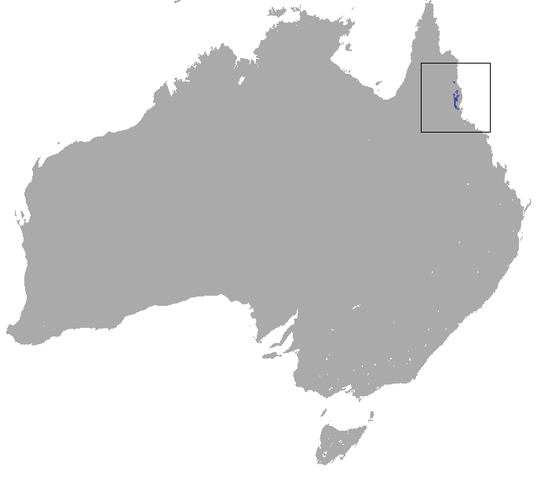
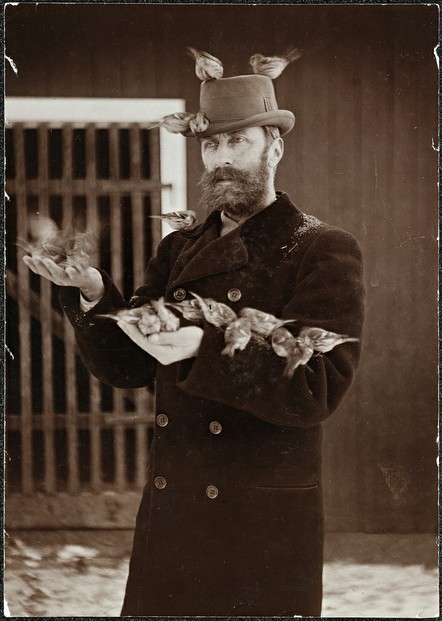
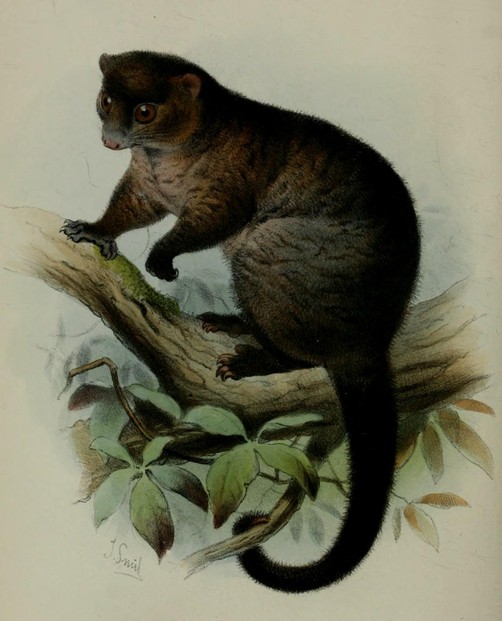
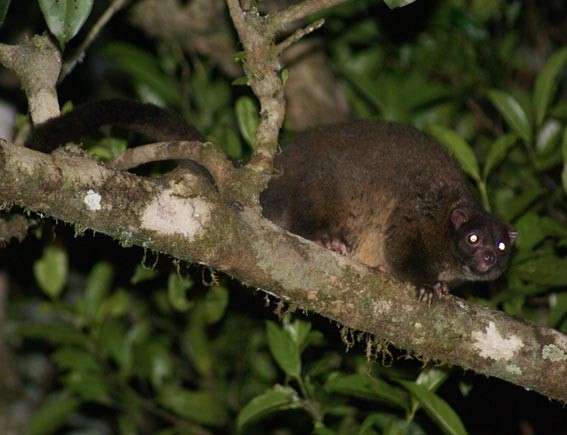
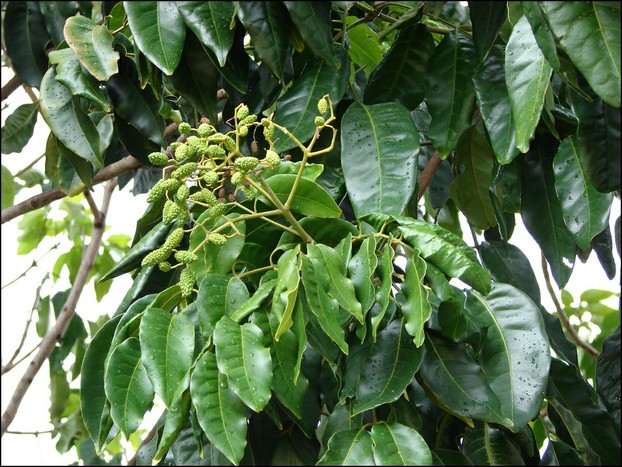
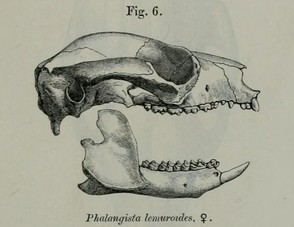
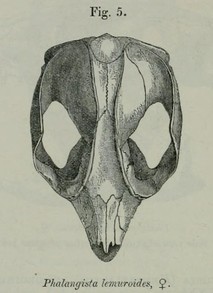
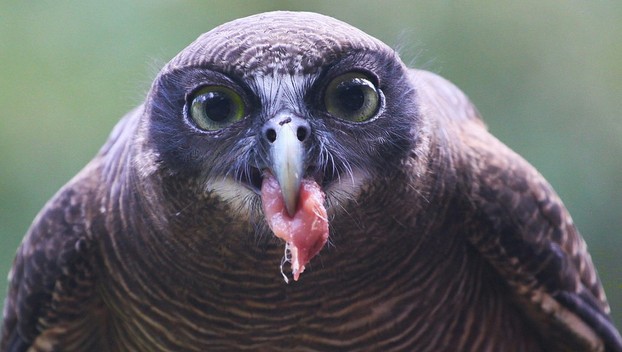
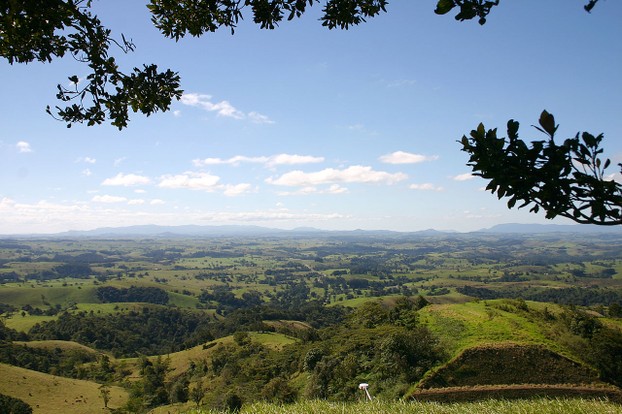
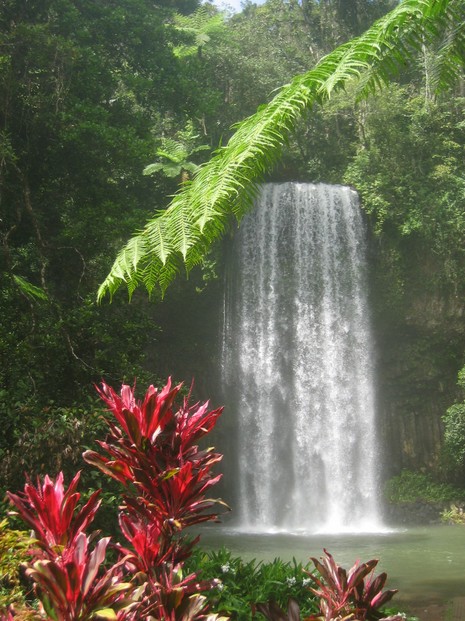





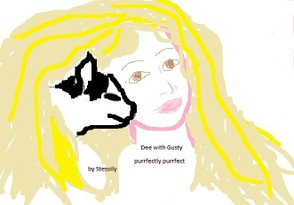
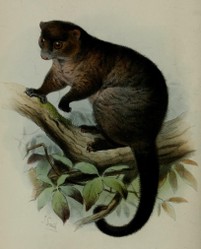

 Are Hawaiian Huakai Po Nightmarchers Avenging Halloween Thursday?on 10/02/2024
Are Hawaiian Huakai Po Nightmarchers Avenging Halloween Thursday?on 10/02/2024
 Mailing Addresses for 2023 Form 4868 Extending 1040 and 1040SR April 15, 2024, Due Dateon 04/15/2024
Mailing Addresses for 2023 Form 4868 Extending 1040 and 1040SR April 15, 2024, Due Dateon 04/15/2024
 Mailing Addresses for 2023 Forms 1040 and 1040SR Filed in 2024on 04/15/2024
Mailing Addresses for 2023 Forms 1040 and 1040SR Filed in 2024on 04/15/2024
 Mailing Addresses for 2022 Form 4868 Extending 1040 and 1040SR April 18, 2023, Due Dateon 04/13/2023
Mailing Addresses for 2022 Form 4868 Extending 1040 and 1040SR April 18, 2023, Due Dateon 04/13/2023

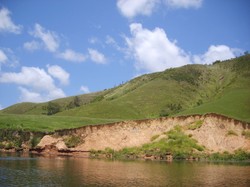
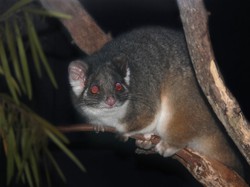
Comments